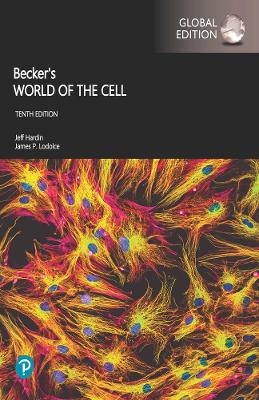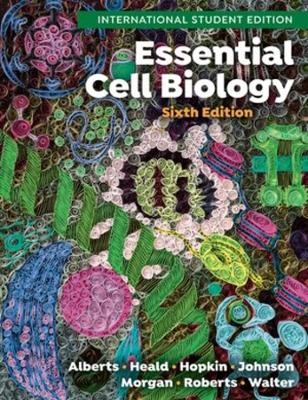
Evolutionary Cell Processes in Primates
CRC Press
978-1-032-07358-3 (ISBN)
Key Features
Explores the developmental basis of characteristics that define the primate lineage
Documents cellular mechanisms associated with everything from skin and eneregetics to the brain and communication.
Chapters by a team of leading international researchers
Volume 1
Introduction - Why are we looking at cells (and why aren’t we focusing on genes)?. Locomotion. Bipedalism - Developmental mechanisms of hindlimb elongation. Evolution of leaping and jumping. Bipedalism - Artificial selection for increased running in mice, plasticity and limb shape, what changes? Hands and Feet - how does a pisiform make a difference? Axial Skeleton/Tail length. Visual cortex development and locomotion in primates. Stereoscopic 3D vision. Evolution and development of the shoulder. Energetics. Biology of human-environment interactions. Brown adipose tissue in human evolution. Evolution of color vision in primates (opsin genes). Craniofacial morphology and thermoregulation or short limbs (dwarfism). Diet. Taste bud development and evolution of primate diets. Mandibular function. Primate dental evolution. Jaw bone and tooth development and evolution. Hair Loss, Skin, Nails. Evolution and development of nails in primates. Human evolution of sweat glands and hair loss. Hair and fur: cell biology of tissue polarity and epithelial patterning. Hair and skin pigmentation in human evolution. Development of skin in human evolution.
Volume 2
Introduction. Encephalization. Expensive tissue hypothesis revisited. Human cognition. Stem cells in cranial sutures. Chondrocytes becoming osteoblasts or Neural crest cells and forebrain morphogenesis. Craniofacial development in primates. Determinants of brain size. Developmental basis of evolutionary trend in primate encephalization. How cells make brains. Tool Making. Digit evolution. Evolution of carpals in primates. Molecular development of the thumb in primates. Neural basis for tool-making. Breathing, smelling, spoken language. Olfaction versus respiration in primates. Nasal architecture. Vocal tract. Evolution of larynx and language. Evolutionary neuroscience of language. Aging, life history, growth patterns. Life history in non-human primates: what would it take at the cellular level? Life History – Developmental changes in quadrupedal and leaping primates. Evolution and embryonic development. Life history and growth patterns. Evolution of aging. Integration of the skull during growth and development and evolution.
| Erscheint lt. Verlag | 25.9.2023 |
|---|---|
| Reihe/Serie | Evolutionary Cell Biology |
| Zusatzinfo | 13 Tables, black and white; 19 Line drawings, color; 21 Line drawings, black and white; 24 Halftones, color; 3 Halftones, black and white; 43 Illustrations, color; 24 Illustrations, black and white |
| Verlagsort | London |
| Sprache | englisch |
| Maße | 156 x 234 mm |
| Gewicht | 1200 g |
| Themenwelt | Naturwissenschaften ► Biologie ► Genetik / Molekularbiologie |
| Naturwissenschaften ► Biologie ► Humanbiologie | |
| Naturwissenschaften ► Biologie ► Zellbiologie | |
| ISBN-10 | 1-032-07358-6 / 1032073586 |
| ISBN-13 | 978-1-032-07358-3 / 9781032073583 |
| Zustand | Neuware |
| Haben Sie eine Frage zum Produkt? |
aus dem Bereich


